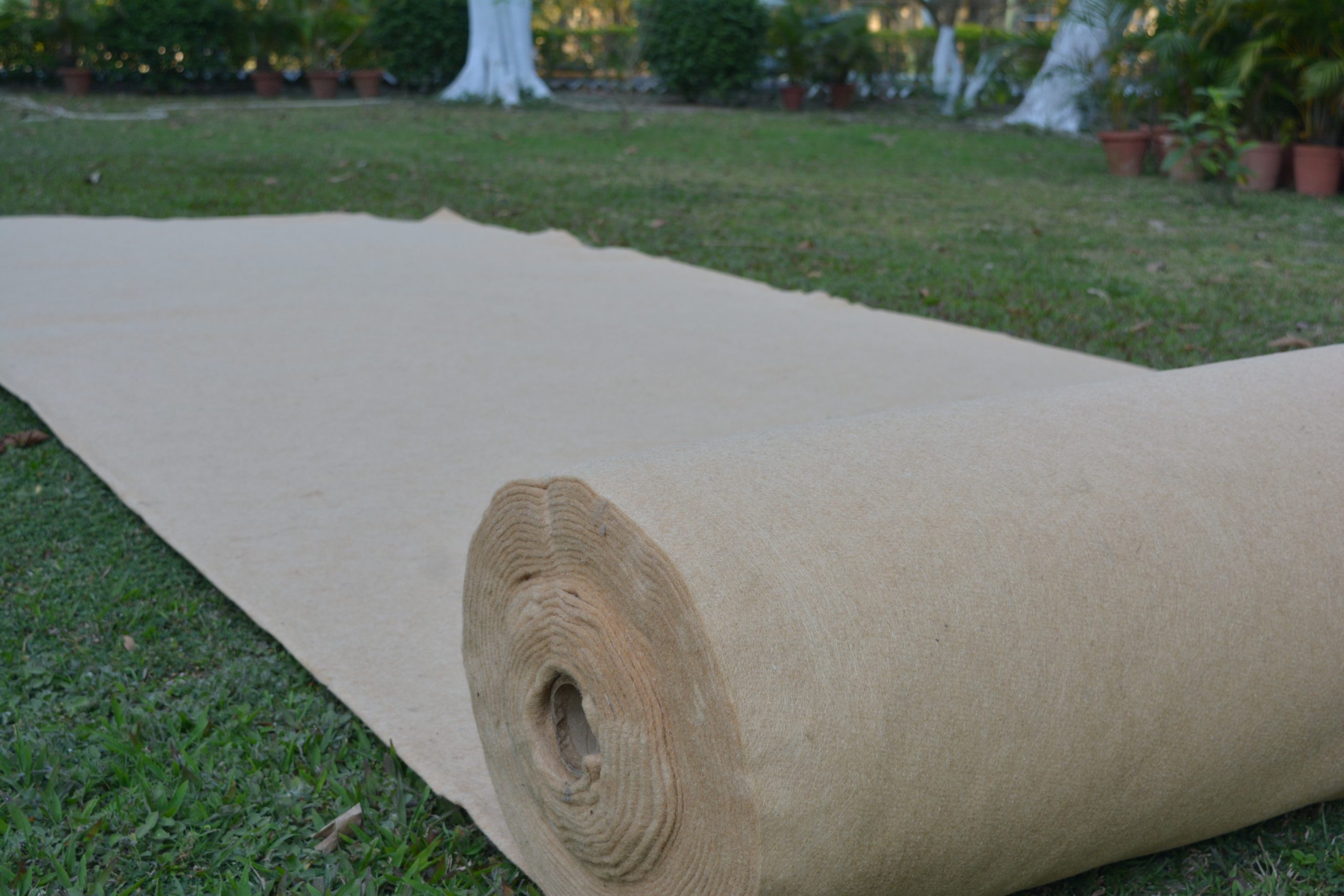Jute Material: Journey from Agriculture to Style
Jute is a natural fiber used for centuries to make various products, from clothing and bags to ropes and carpets. It is a sustainable and eco-friendly material known for its durability and strength.
This blog will explore the journey of jute from agriculture to style. It will highlight the different stages of jute cultivation and processing, as well as the many ways in which jute is used in the fashion industry.
From Agriculture to Industry
Jute is a tropical crop that is grown in over 50 countries around the world. The major jute-producing countries are India, Bangladesh, and China.
The jute cultivation process begins with sowing jute seeds in the spring. The jute plants grow quickly and reach maturity in about four months. Once the plants are mature, they are harvested by hand.
After harvesting, the jute plants are soaked in water for several days. This process, known as retting, helps to loosen the fibers from the stems. Once the fibers loosen, they are separated from the stems and washed.
The jute fibers are then dried and spun into yarn. The yarn is then woven into jute fabric. Jute fabric can be finished in various ways, such as dyeing, bleaching, and printing.
Eco-Friendly Attributes of Jute
- Biodegradable: Jute material decomposes naturally, causing no environmental harm.
- Renewable: The jute plant has a short growing cycle, making it a highly renewable resource.
- Low Carbon Footprint: Jute production is energy-efficient and consumes less water, reducing environmental impact.
- Soil Enhancement: Jute cultivation enriches the soil, maintaining fertility for future crops.
Jute in Various Industries
Jute material finds applications across diverse sectors owing to its unique properties and environmental benefits.
- Packaging: Jute bags are a sustainable alternative to plastic bags in packaging.
- Fashion: Jute fabric is gaining prominence in the fashion industry, offering an eco-friendly fabric choice.
- Construction: Jute is employed for soil erosion control and as geotextiles in construction projects.
- Art and Craft: The rustic appeal of jute makes it popular in craft and home décor.
Jute Non-Woven: An Innovative Extension
The innovation of jute non-woven fabric broadens the horizon of jute material applications. Jute non-woven is a versatile, durable, and eco-friendly fabric created without traditional weaving or knitting, allowing for diverse uses, including creating jute geotextiles for environmental conservation.
Sustainability and Fashion: A Harmonious Blend
Jute has become very popular in fashion because it is both sustainable and looks good. Fashion enthusiasts and designers are using jute to create stylish clothes and accessories that are also eco-friendly. Jute has become a popular choice in fashion because it combines sustainability with style.
Market Trends and Availability
The demand for jute material is experiencing a surge due to the escalating awareness regarding sustainability. The market is witnessing the introduction of many jute products, reflecting the widespread acceptance of this eco-friendly material. The availability of jute is also increasing, with numerous manufacturers and suppliers adopting jute due to its sustainable and versatile nature.
Consumer Awareness and Preference
Consumers today are more enlightened about the environmental implications of their choices. The shift towards sustainable products is evident, with jute material being preferred due to its ecological attributes. The preference for jute products reinforces the significance of sustainability in consumer behavior and market trends.
The Journey Ahead: Prospects of Jute Material
The potential of jute material is boundless. The ongoing research and innovations are expected to unveil new possibilities and applications of jute. Its ecological benefits and versatility make jute a frontrunner in the quest for sustainable solutions, promising a future where jute material is omnipresent in various facets of our lives.
Enhanced Durability and Versatility of Jute Material
Jute material stands out due to its enhanced durability and adaptability. Its natural resilience against wear and tear makes it an optimal choice for long-lasting products. This longevity and inherent versatility allow jute to be molded into various forms, accommodating a broad spectrum of needs and preferences.
Government Initiatives and Promotion
Governments, particularly in jute-producing nations, are propelling initiatives to promote jute material as a sustainable alternative. These endeavors include encouraging jute cultivation, establishing research institutions focusing on jute innovations, and implementing policies advocating the use of eco-friendly materials like jute. The emphasis on jute material is augmenting its presence and prominence globally.
Community Impact and Empowerment
Jute material is instrumental in community empowerment, particularly in developing regions. Cultivating jute provides livelihoods to numerous farmers and workers, fortifying the local economy. The widespread production and utilization of jute material play pivotal roles in fostering community development, economic upliftment, and sustainable living.
Conclusion
The journey of jute material, from farms to fashion, is an inspiring tale of sustainability and innovation. Its varied applications, eco-friendly characteristics, and growing acceptance emphasize its significance in today’s world. Jute is more than simply a material; it represents a declaration, a promise for a sustainable future, and a symbol of conscious living and ecological responsibility.







